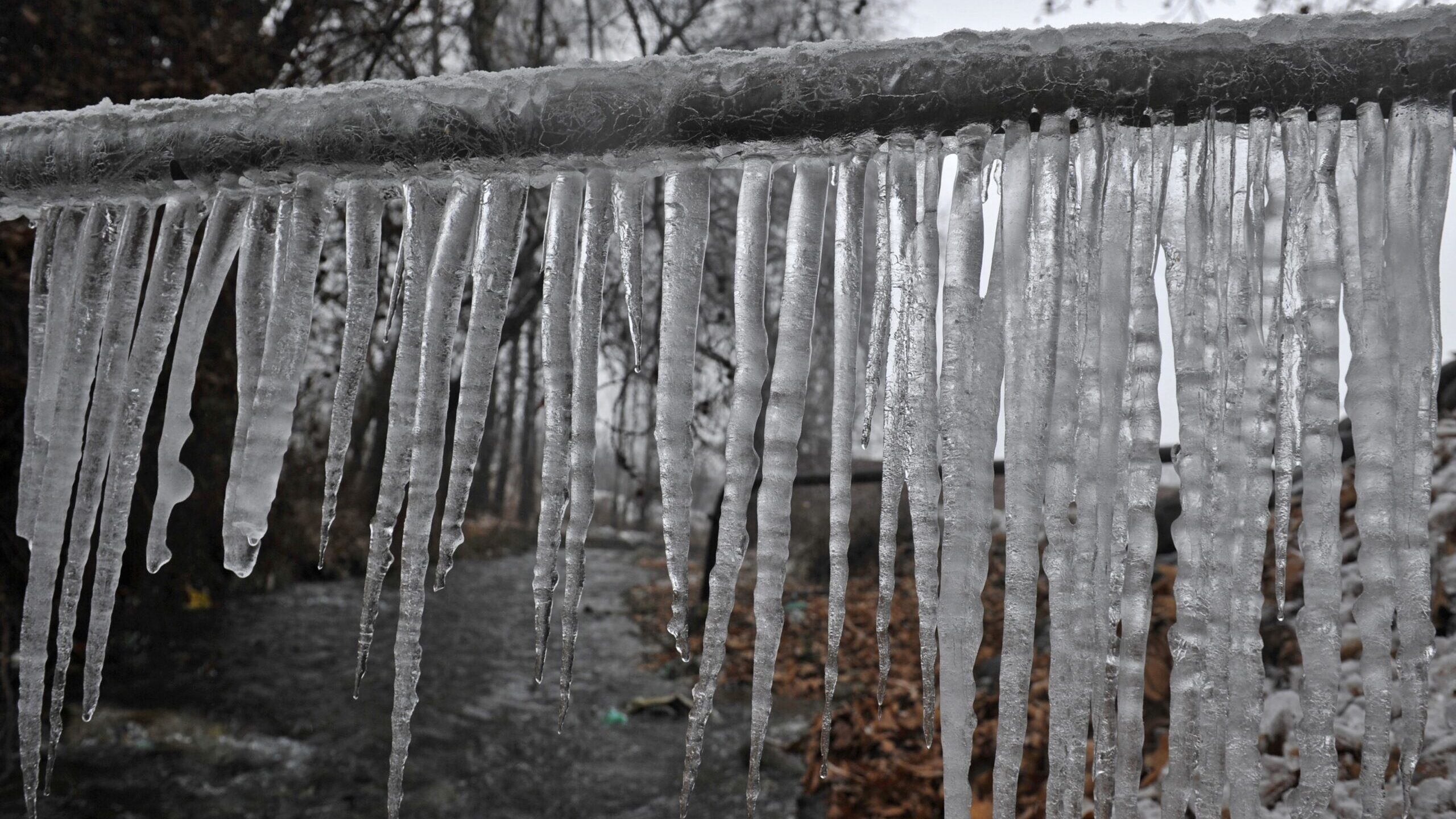Guidance for Preventing Frozen Pipes in Cold Weather: Expert Tips
Guidance for Preventing Frozen Pipes in Cold Weather: Expert Tips
Blog Article
Were you hunting for ideas around How to prepare your home plumbing for winter weather?

Winter can damage your pipes, especially by freezing pipes. Right here's how to prevent it from taking place and what to do if it does.
Introduction
As temperatures decrease, the threat of frozen pipes boosts, potentially causing pricey repair work and water damages. Comprehending just how to avoid icy pipelines is crucial for homeowners in chilly environments.
Understanding Frozen Pipelines
What triggers pipelines to freeze?
Pipes freeze when subjected to temperature levels below 32 ° F (0 ° C) for expanded durations. As water inside the pipelines freezes, it broadens, taxing the pipe walls and potentially creating them to break.
Dangers and problems
Icy pipelines can cause water system disturbances, property damage, and pricey repair services. Ruptured pipes can flooding homes and trigger extensive architectural damage.
Indicators of Frozen Water Lines
Identifying frozen pipelines early can prevent them from breaking.
Exactly how to recognize frozen pipelines
Look for reduced water circulation from faucets, uncommon smells or noises from pipes, and visible frost on exposed pipes.
Prevention Tips
Shielding vulnerable pipes
Cover pipelines in insulation sleeves or make use of warm tape to secure them from freezing temperature levels. Focus on pipes in unheated or exterior areas of the home.
Heating techniques
Keep interior areas appropriately heated, specifically locations with pipes. Open up closet doors to permit cozy air to distribute around pipelines under sinks.
Protecting Outside Pipes
Garden hose pipes and exterior faucets
Disconnect and drain garden pipes before winter. Set up frost-proof spigots or cover outside faucets with protected caps.
What to Do If Your Pipes Freeze
Immediate activities to take
If you believe frozen pipelines, maintain taps open to ease stress as the ice melts. Make use of a hairdryer or towels soaked in warm water to thaw pipelines gradually.
Long-Term Solutions
Structural adjustments
Take into consideration rerouting pipelines away from outside walls or unheated areas. Add extra insulation to attics, cellars, and crawl spaces.
Upgrading insulation
Buy top notch insulation for pipes, attic rooms, and walls. Proper insulation aids preserve consistent temperatures and decreases the risk of icy pipelines.
Verdict
Preventing frozen pipes needs proactive measures and quick responses. By recognizing the reasons, indications, and preventive measures, homeowners can protect their pipes throughout cold weather.
5 Ways to Prevent Frozen Pipes
Drain Outdoor Faucets and Disconnect Hoses
First, close the shut-off valve that controls the flow of water in the pipe to your outdoor faucet. Then, head outside to disconnect and drain your hose and open the outdoor faucet to allow the water to completely drain out of the line. Turn off the faucet when done. Finally, head back to the shut-off valve and drain the remaining water inside the pipe into a bucket or container. Additionally, if you have a home irrigation system, you should consider hiring an expert to clear the system of water each year.
Insulate Pipes
One of the best and most cost-effective methods for preventing frozen water pipes is to wrap your pipes with insulation. This is especially important for areas in your home that aren’t exposed to heat, such as an attic. We suggest using foam sleeves, which can typically be found at your local hardware store.
Keep Heat Running at 65
Your pipes are located inside your walls, and the temperature there is much colder than the rest of the house. To prevent your pipes from freezing, The Insurance Information Institute suggests that you keep your home heated to at least 65 degrees, even when traveling. You may want to invest in smart devices that can keep an eye on the temperature in your home while you’re away.
Leave Water Dripping
Moving water — even a small trickle — can prevent ice from forming inside your pipes. When freezing temps are imminent, start a drip of water from all faucets that serve exposed pipes. Leaving a few faucets running will also help relieve pressure inside the pipes and help prevent a rupture if the water inside freezes.
Open Cupboard Doors
Warm your kitchen and bathroom pipes by opening cupboards and vanities. You should also leave your interior doors ajar to help warm air circulate evenly throughout your home.

As a fervent person who reads on How to prepare your home plumbing for winter weather, I think sharing that excerpt was really useful. Sharing is nice. Helping others is fun. Thanks for your time. Kindly check our website back soon.
Schedule A Service Call Report this page